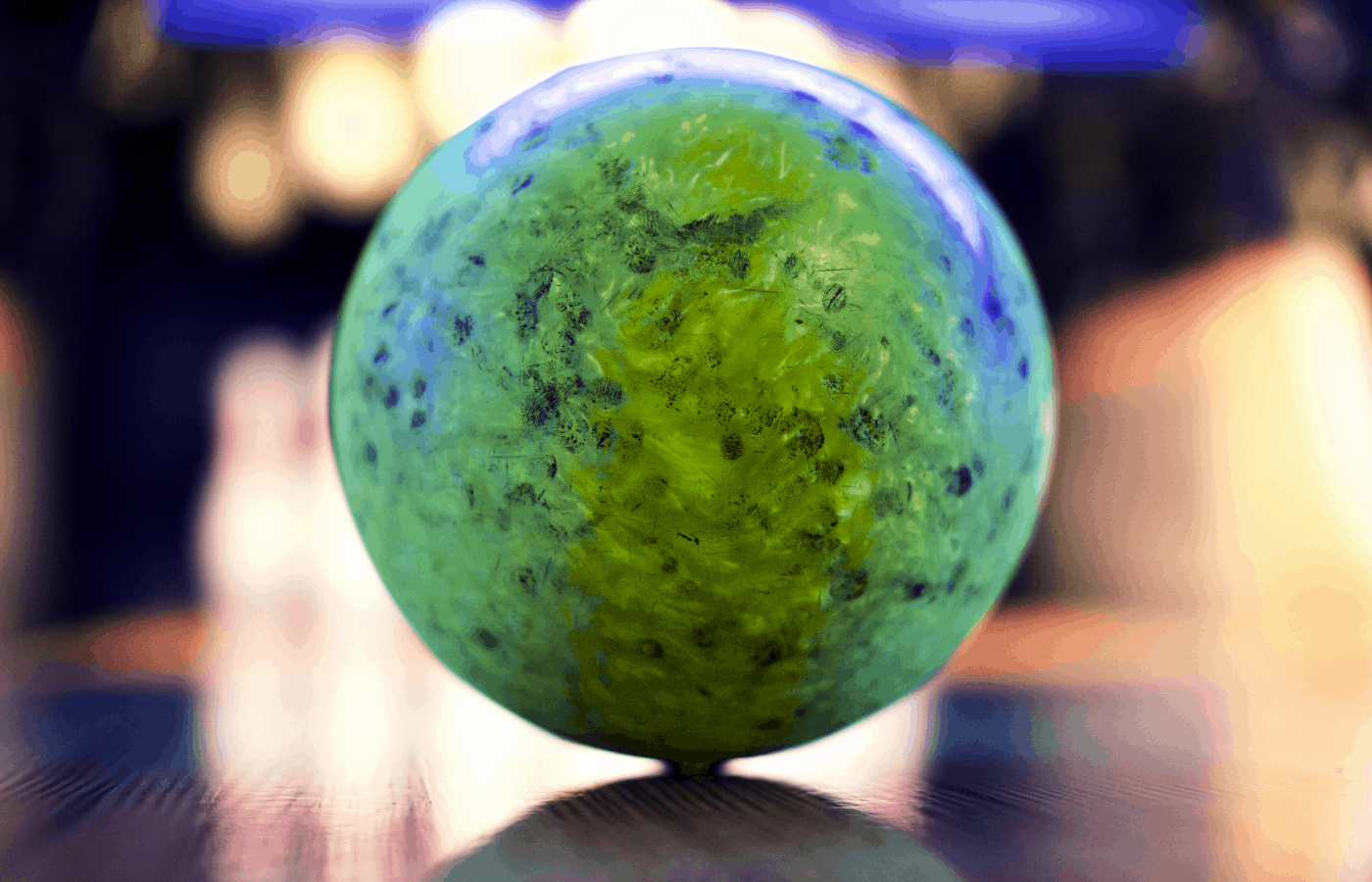Bowling balls can and will freeze if left in extreme cold temperatures for an extended period of time. Leaving a ball overnight in extreme weather (Under 10 degrees farenheit) will ensure a frozen ball in the morning.
A frozen bowling ball will be heavier, play differently in lane, and will overall give you a bad bowling experience. Not to mention that a frozen bowling ball will have to be thawed slowly and may also incur permanent damage.
Storing a bowling ball in a garage or car trunk are two of the most common ways to have a frozen bowling ball in the morning, especially if you live in an area where extreme cold occurs often.
How Does the Cold Affect Bowling Balls?
You can expect extreme cold temperatures to have an effect on your bowling ball. When your ball gets too cold, it will become more dense. This will also tend to add a small amount of extra weight to your ball.
A very cold or frozen bowling ball will also slide and skid more frequently when you are throwing it. If your ball gets too cold, it can experience permanent damage that cannot be reversed. Keeping and storing your bowling ball in the appropriate temperature is key to having a bowling ball that will last you a long time.
Why Does Temperature Matter?
When it comes to why temperature matters in terms of your bowling ball, it is important to know about the ball and what it is made out of.
Bowling balls have an extremely dense core made out of bismuth graphite, barium, resin, or urethane. The core is dense so it can absorb the impact from hitting the ground and the bowling pins. In some cases, the core might be made out of ceramic. These types of balls will not absorb any impact.
The outer layer of your bowling ball will be made out of either urethane or polyester. Both of these materials are extremely porous, meaning they are able to take in dirt and oils. These types of materials will be able to expand or shrink depending on what the temperature is.
Due to the difference in density, the outer layer and the core will expand at different paces. This could cause some permanent damage to your bowling ball.
What About the Heat?
Extreme heat will also have an affect on your bowling ball. The material bowling balls are made out of is extremely porous, so bowling balls will expand in heat. High temperatures will also cause your bowling ball to become softer, which can make it hook to a certain side when you are throwing.
Heat can also make your bowling ball sweat. This means that dirt and oil will be leaking from the surface of your ball. This will ultimately result in having a dirty ball that can lead to poor performance when you are playing.
Can Bowling Balls Crack?
Yes, bowling balls can crack in cold and hot temperatures. Cracking happens because the materials that the balls are made out of will expand and contract with fluctuating temperatures. If the core expands at a pace that is faster than the outer layer, the pressure will need to be released. As a result, your ball will crack to get rid of the pressure.
The bowling ball is typically going to crack in places that the outer layer is the thinnest, like the finger holes. However, if the ball has been exposed to these fluctuating temperatures for a long period of time, it can crack around the entire circumference of the ball.
Did you know some bowling balls are scented? Storm bowling balls like this one are known for having wild and exotic fragrances like grapevine, birthday cake, and root beer! Scented bowling bowls were designed and marketed to help bowlers concentrate better during a game.
Other Types of Damage
If your bowling ball has been exposed to extreme temperatures and has damage, your bowling ball won’t have the same integrity as it once did. For instance, it is possible that your bowling ball will crack the second it hits a lane if it hasn’t already cracked. It is also possible for the ball to have interior damage that you aren’t able to see.
Cold temperatures can also cause some discoloration on your bowling ball. You might notice some small white spots on your ball, or you could see some swirls between colors. If there is enough damage, the entire ball might be discolored. In some cases, the color might be restored when the ball is warm again.
How Can I Warm My Bowling Ball?
If you accidentally left your ball in a space that caused your ball to become extremely cold, you will need to make sure it is warm before you can play with it. It is important to remember that you have to warm your ball up slowly, so you don’t create any additional damage.
The very first thing you need to do is bring your bowling ball inside. You will need to let it get used to the new temperature over a few days. Once the ball is mostly warmed up, you can take a warm towel to rub the ball some.
If you don’t have enough time to let your ball sit inside your home for a few days, you can use the submersive cleansing method to warm your ball up. You need to start with a tepid water temperature and very slowly increase the temperature.
How to Properly Store Your Bowling Ball
One of the most important things to keep in mind with your bowling ball is that when you are storing it, you need to rotate it at least once a week. This will ensure that one part of your bowling ball isn’t taking on all of the pressure. This can also prevent the ball from cracking.
You need to store your ball in a bag with a zipper to keep any dust out and open air from flowing onto the ball. Bowling balls are cured at the factory, but the material will continue to cure for a while after the fact. Keeping any open air from your ball will make sure it can cure properly.
When it comes to where you should be storing your bowling ball, one thing is for sure. You should not store your ball in your garage or in the trunk of your car. It is best to keep your ball in a part of your house that has a constant temperature.
If you are storing your ball for future use, there are some extra precautions you need to take. To prevent cracking, you should store your bowling ball wrapped in plastic wrap or in a plastic Ziploc bag. Make sure the plastic is as tight around the ball as you can get it to keep out as much air as possible.
When you finish wrapping your ball, store it in an area that has constant temperatures. Think about keeping your ball in a hall closet. You could also consider renting a locker at your bowling alley if they offer long-term rentals. It is important to avoid storing your ball in your basement or attic.
Final Thoughts
If you are worried about your bowling ball freezing, be sure to keep it stored away in an area that doesn’t reach extreme cold temperatures. Avoid storing or leaving your bowling ball in your car or garage as these two places are the susceptible to extreme cold temperatures on a daily basis.
Also, be sure to store your bowling balls in an area that has a constant temperature. Constant fluctuation in temperature, such as very hot to very cold, can also tend to damage your bowling ball over time.
Temperature fluctuations will cause your bowling ball to expand and contract at different rates which can result in your bowling ball cracking.

